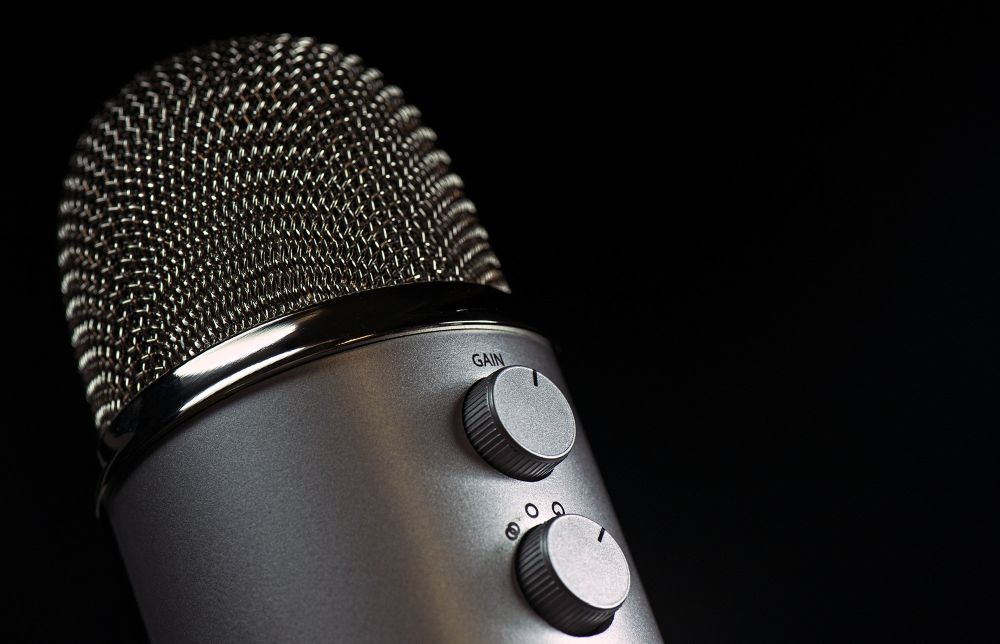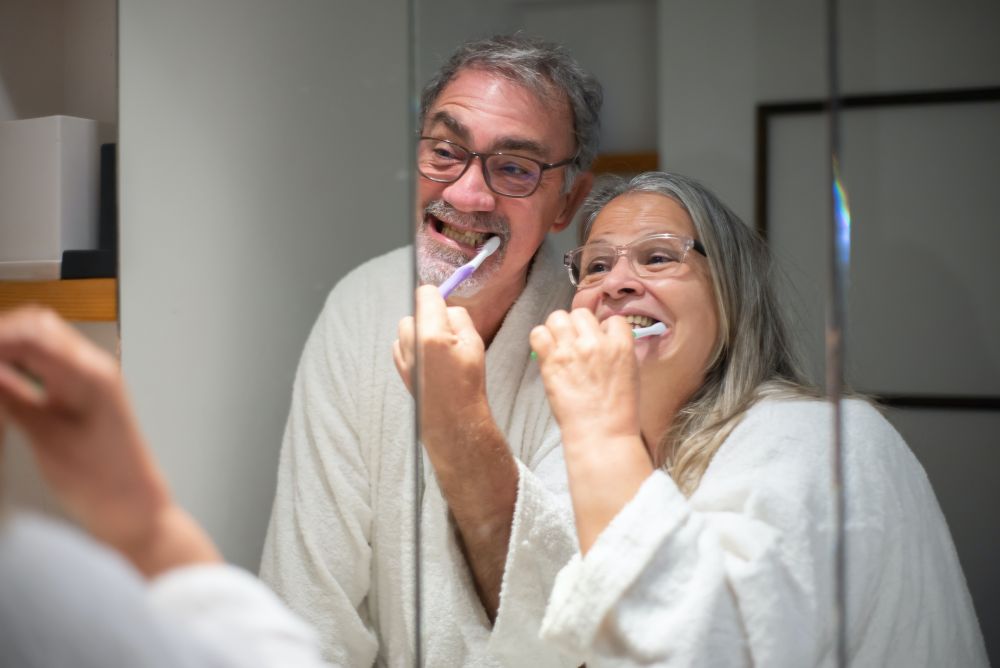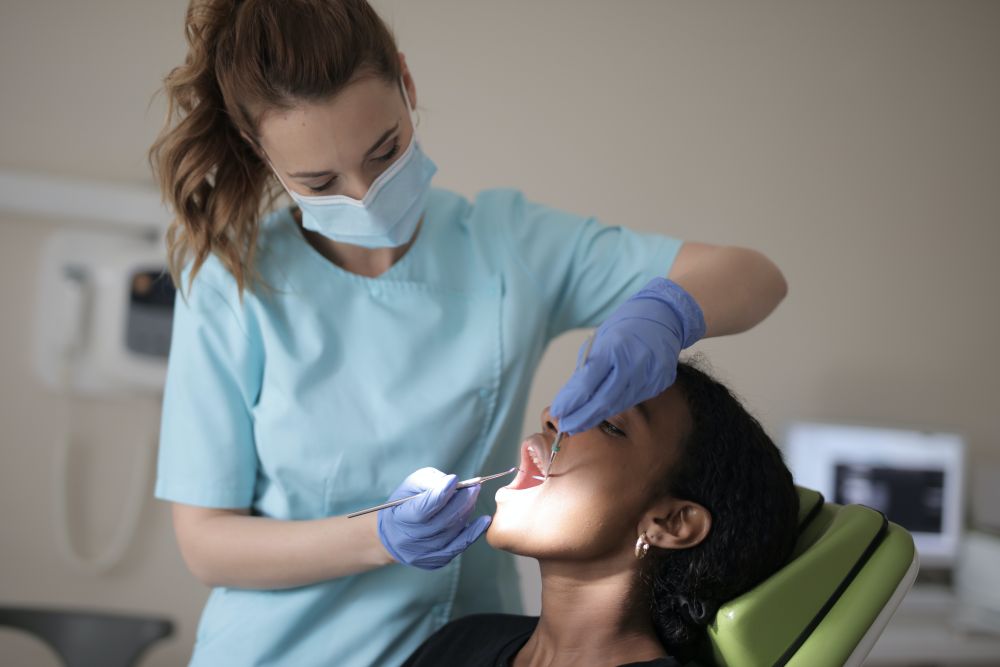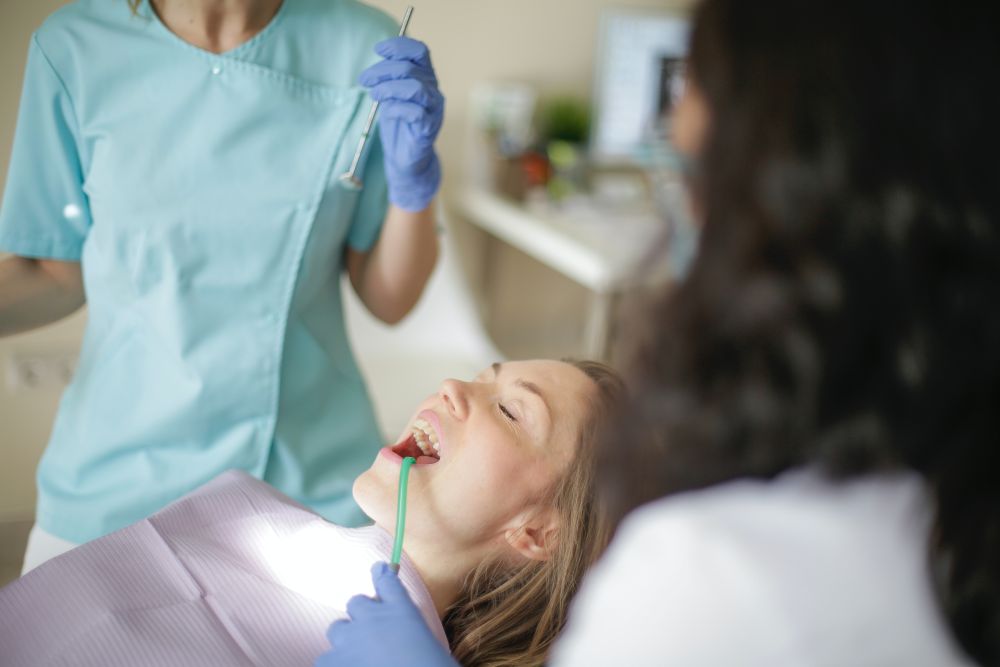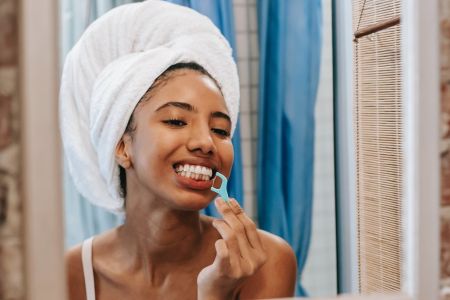Connecting patients, dentists, and physicians through oral care education
You could say Dr. Chuck Reinertsen’s interest in connecting the mouth to overall health began many, many years ago when he was a Boy Scout. “We learned about infections and how to clean a wound,” he told Dr. Jesse Green during a recent interview on The Savvy Dentist Podcast. That knowledge of caring for infections stuck with him until dental school. “We asked some of the instructors: ‘What about the infections in the mouth? Aren’t they going to get in the bloodstream?’” Dr. Chuck says they were told no because of an oral barrier, a myth he says has since been debunked.
Podcast interview highlights importance of oral-systemic connection
More and more research has emerged in the last 20 years explaining the impact oral health has on overall health. In a recent podcast, Dr. Chuck Reinertsen discussed this growing body of research and why it’s time for doctors and dentists to connect over patient health. Dr. Jesse Green, host of The Savvy Dentist, asked Dr. Chuck about bridging the gap between medical professionals and about oral-systemic health in this podcast episode.
3 ways to improve your oral hygiene routine
Caring for your mouth means caring for the health of your whole body. That’s why rethinking your oral hygiene routine could provide benefits beyond white teeth and fresh breath. It could mean avoiding cardiovascular disease, Alzheimer’s disease, and pregnancy complications. Dr. Chuck Reinertsen discussed the benefits of changing the way you care for your dental health during a webinar you can watch here.
A journey in between
Cleaning your teeth should be a journey of exploration. Far too many people rush through the process and never get their teeth as clean as they need to be. To free your mouth of plaque buildup and bacteria, you need to take the time to give your teeth a thorough cleanse at least once per day. You need to focus on each tooth's surfaces and venture into the hardest-to-reach nooks and crannies. Bacteria love to hide in these tight spaces between the teeth, and it's where they often do the most damage — cavities and infections usually develop in the darkest, most hidden spaces in your mouth. Fortunately, we have lots of tools available to help reach the space between our teeth and keep them clean and healthy. The key is using them regularly and properly.
It’s All About Teamwork
The Dental Medical Convergence is a non-profit organization that works directly with physicians. Its goal is to teach physicians how to incorporate oral health when evaluating their patients’ overall health. Both patients and physicians often incorrectly assume that if they aren't experiencing any oral discomfort, they must have good oral health. This just isn't the case! In fact, our bodies could be suffering the effects of numerous different health issues that stem from poor oral health or incorrect oral anatomy.
3 ways to improve your oral hygiene routine
Taking proper care of your teeth and gums will save you time and money. It means less time spent in the dentist’s chair getting your teeth fixed and less money spent on dental care for health problems that poor oral care can cause. The way you clean your teeth makes a difference. This webinar explains the importance of a proper oral hygiene routine and teaches you the most effective ways to clean your mouth.
Alice’s unnecessary struggle
Today, I want to take a moment and introduce you to Alice. Alice was a lovely lady who used to fill her days as an artist; but lately, her health has kept her from doing all of the things she loves most.
Alice would wake up in the morning, barely able to drag herself out of bed. She was exhausted all day long and couldn’t muster the energy to complete even the most simple tasks.
Her mood was low, and she stopped painting. She couldn't find the desire to pull out her easel and paint brushes, and she had no inspiration to create her beautiful artwork.
Connecting the Dots: Your mouth and your body
For many people, it isn't easy to think of our body as one connected machine. It is easier to think of ourselves as separate working parts that make up a whole. This is how we have been taught as young children, and it is how the medical community deals with health issues. If you go to your doctor with a specific health concern, the symptoms are treated, and you are sent on your way. Very seldom do doctors utilize a whole-health approach and look at the entire body to find connections between illness and the symptoms being experienced. Unfortunately, this is causing people all over the world to suffer needlessly.
Where do cavities come from?
Do you know where cavities come from?
If you are like most Americans, you have probably spent your entire life believing a lie.
Most people firmly believe a diet high in sugary foods and not brushing your teeth will be the main culprit in causing cavities. Unfortunately, this isn't entirely accurate.
To Floss or Not to Floss: Why Flossing in Oral Hygiene Matters
When it comes to taking care of our mouths, we’ve been taught wrong all along. Since childhood, we have been told to brush our teeth twice a day for as long as it takes to sing the "Happy Birthday" song twice — roughly two minutes. This just isn't long enough, and as we get older, most of us spend even less time than this. We squirt some toothpaste onto our brushes, give them a swish around our mouths, and rush out the door. And spending so little time on brushing, it goes without saying that most of us don't even bother to floss.


